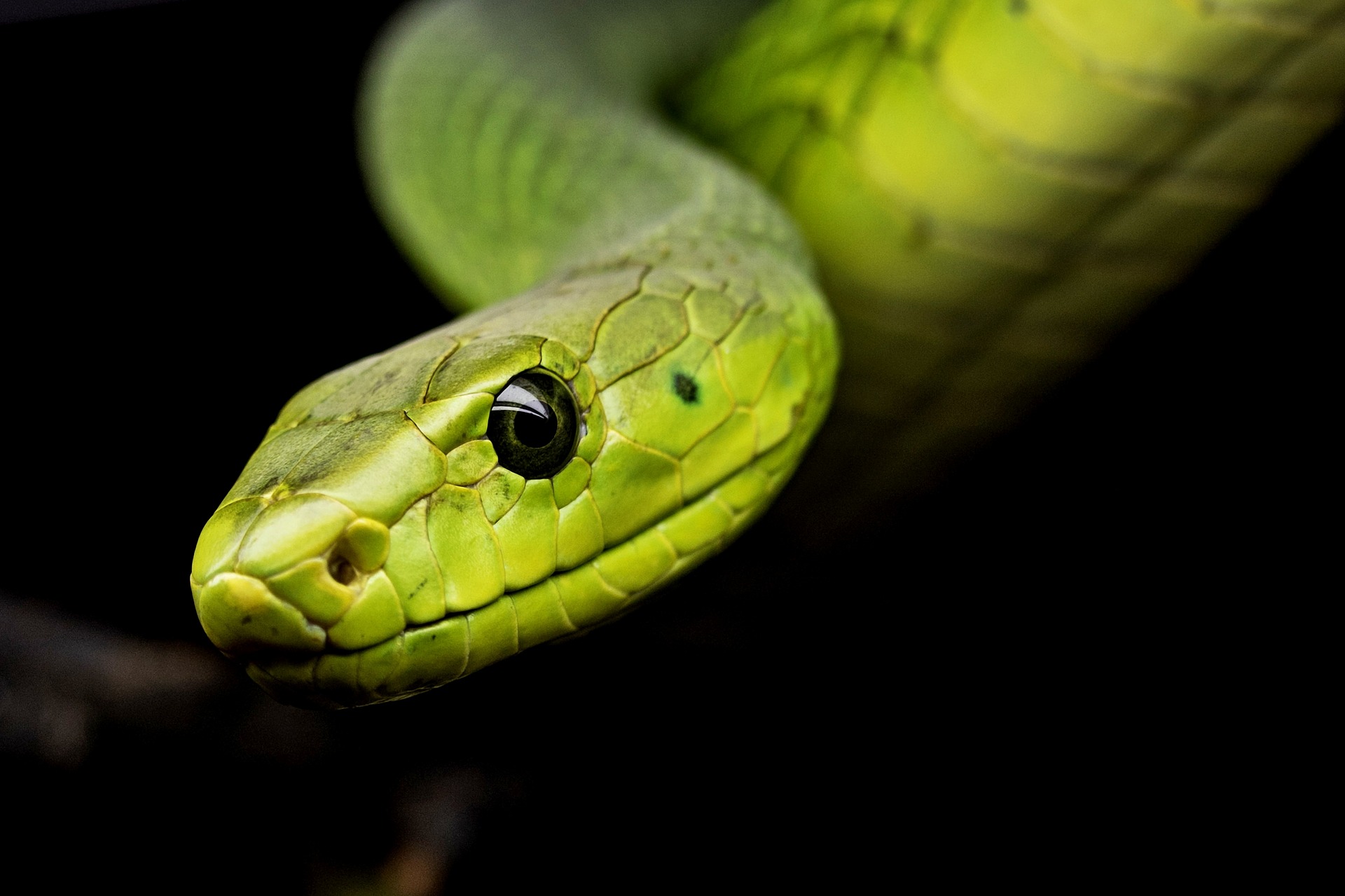Let’s face it, most humans are both fascinated with and frightened by snakes. They crawl on their bellies, are cold to the touch, and venomous snakes can not only give painful bites, but they can prove fatal under certain circumstances. Yet, venom is nature’s aid to the snake. How? Venom isn’t just for the protection of these creepy creatures. Venom has several uses for the snake even though it can be deadly to humans.
Venom was created chiefly to assist the snake in garnering food. Furthermore, venom is meant to aid the snake in digesting its food as well. Protection from predators is a tertiary function of venom, although it is the first and foremost association that humans have with the substance.
First, let’s look at the primary function of venom. It is meant to not only immobilize the snake’s prey but to kill the prey as well. Snakes that envenomate their prey typically strike and then wait for the prey to expire before consuming them. This is particularly true when prey can include rabbits, squirrels, or other quickly moving game animals. Venom allows the snake to obtain prey without having to expend great amounts of energy. However, venom not only paralyzes the snake’s prey but begins the digestion process before the meal is ever consumed.
The venom contains enzymes, proteins, and other ingredients that not only cause death in prey but also help to break down the cells of the victim. In this way, digestion begins before the snake ever takes the food in its body. As these cells die, tissue begins to break down. Once the snake consumes its meal, the natural acids in the stomach help to complete the digestive process.
The venom contains the proteins and enzymes mentioned previously, and while this may sound rather innocuous, the combination in venom breaks down the carbohydrates, nucleotides, and phospholipids in prey. Some of these substances even break down red blood cells!
Different types of snakes carry varying types of venom. Chiefly, the three types of venom are hemotoxins, cytotoxin, and neurotoxins. Hemotoxic venom works to destroy blood cells. Victims die of internal bleeding. The blood fails to clot, kidneys break down, and the victim passes as a result. Varying types of rattlesnakes carry hemotoxic venom.

Cytotoxic venom causes necrosis or the death of all tissue in an organ. This type of venom is particularly helpful in assisting the snake in digesting its prey as it begins breaking down the tissue upon the injection of venom. Interestingly enough, cytotoxic venom is specific to the tissue it is meant to destroy. Cardiotoxins attack the cells of the heart while myotoxics dissolve the cells of muscles. Sea snakes and adders carry this type of venom.
Neurotoxic venom works to paralyze the victim by destroying nerve cells and breaking down the nervous system of the victim. Eventually, paralysis occurs in the respiratory system of the victim, and death takes place. Black mambas, coral snakes, and cobras all carry this type of venom.
Venom is generally controlled by older snakes as they know they must conserve the venom for the digestion of food. Adult snakes may often deliver a “dry” bite to humans that accidentally step on them as a warning. This doesn’t always take place, but, older snakes can determine how much if any, venom to release when using it for protection.







